Java zero-based detailed explanation of multi-threading

Daemon thread
Thread classification can be divided into: User thread (above They are all about user threads), and the other is daemon thread. The daemon thread is like this. When all user threads end their life cycle, the daemon thread will end its life cycle. As long as there is one user thread, the daemon thread will not end. For example, the famous Garbage Collector## in Java #It is a daemon thread. It will not end until all threads in the application end.
(Free learning recommendation:java basic tutorial)
User thread
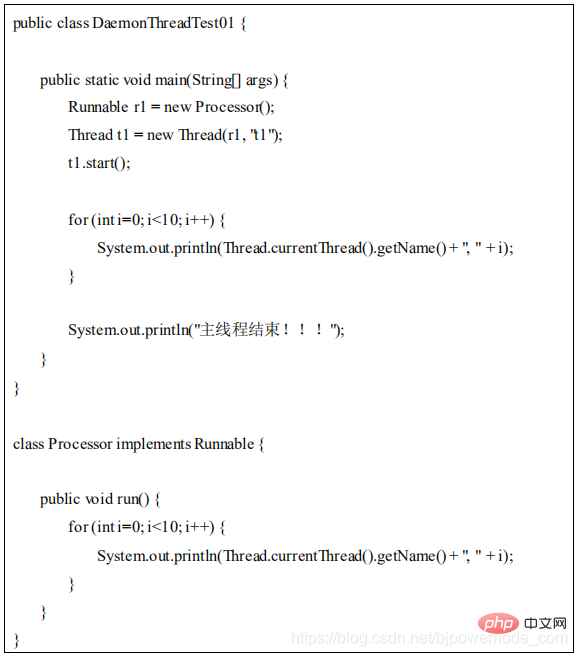
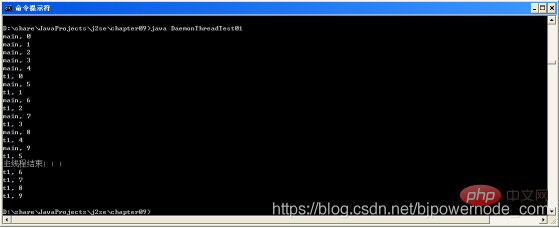
Modify it to a daemon (service thread) thread
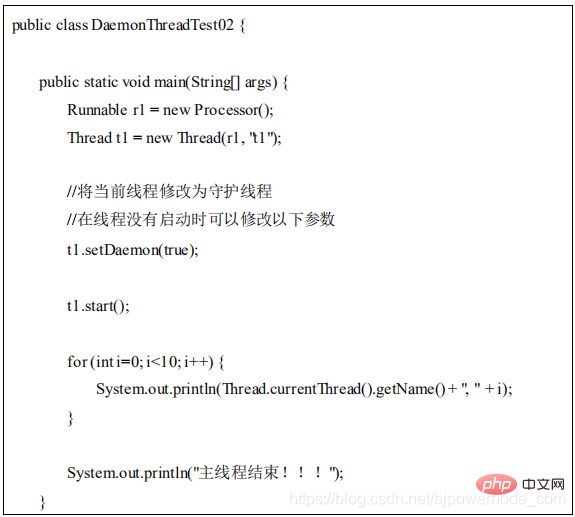

 ##After setting it as a daemon thread, When the main thread ends, the daemon thread does not end after outputting all the data. In other words, the daemon thread serves
##After setting it as a daemon thread, When the main thread ends, the daemon thread does not end after outputting all the data. In other words, the daemon thread serves
When all user threads end, the daemon thread will Automatically endTimer Timer
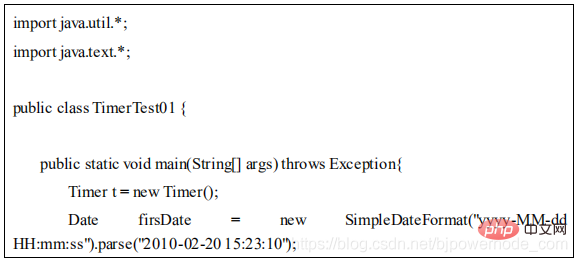
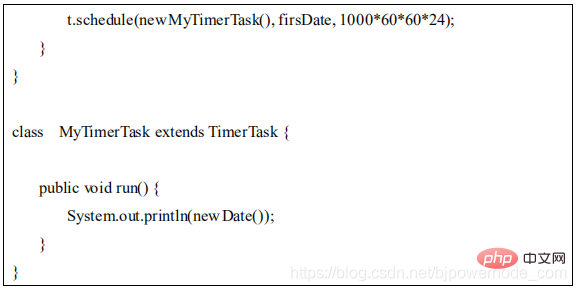 [Code example], use anonymous classes to implement the above Function
[Code example], use anonymous classes to implement the above Function
Quartz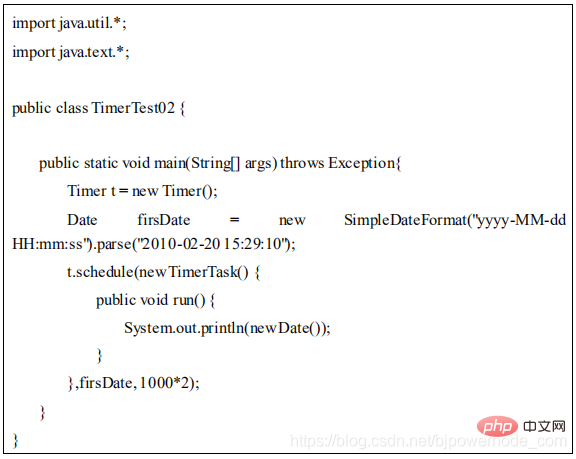
window
##Timer Focus on mastering
The concepts of processes and threads
Threads Two implementation methods
(Thread,Runnable)Understand the priority of the thread
- The meaning of sleep
- If you end a thread correctly
- The meaning of thread synchronization (synchronous sharing There is no sharing of resources and local variables)
- The concept of daemon thread
- Understand Timer
- Understand the plans provided by winodw
The above is the detailed content of Java zero-based detailed explanation of multi-threading. For more information, please follow other related articles on the PHP Chinese website!

Hot AI Tools

Undresser.AI Undress
AI-powered app for creating realistic nude photos

AI Clothes Remover
Online AI tool for removing clothes from photos.

Undress AI Tool
Undress images for free

Clothoff.io
AI clothes remover

AI Hentai Generator
Generate AI Hentai for free.

Hot Article

Hot Tools

Notepad++7.3.1
Easy-to-use and free code editor

SublimeText3 Chinese version
Chinese version, very easy to use

Zend Studio 13.0.1
Powerful PHP integrated development environment

Dreamweaver CS6
Visual web development tools

SublimeText3 Mac version
God-level code editing software (SublimeText3)

Hot Topics
 Square Root in Java
Aug 30, 2024 pm 04:26 PM
Square Root in Java
Aug 30, 2024 pm 04:26 PM
Guide to Square Root in Java. Here we discuss how Square Root works in Java with example and its code implementation respectively.
 Perfect Number in Java
Aug 30, 2024 pm 04:28 PM
Perfect Number in Java
Aug 30, 2024 pm 04:28 PM
Guide to Perfect Number in Java. Here we discuss the Definition, How to check Perfect number in Java?, examples with code implementation.
 Random Number Generator in Java
Aug 30, 2024 pm 04:27 PM
Random Number Generator in Java
Aug 30, 2024 pm 04:27 PM
Guide to Random Number Generator in Java. Here we discuss Functions in Java with examples and two different Generators with ther examples.
 Armstrong Number in Java
Aug 30, 2024 pm 04:26 PM
Armstrong Number in Java
Aug 30, 2024 pm 04:26 PM
Guide to the Armstrong Number in Java. Here we discuss an introduction to Armstrong's number in java along with some of the code.
 Weka in Java
Aug 30, 2024 pm 04:28 PM
Weka in Java
Aug 30, 2024 pm 04:28 PM
Guide to Weka in Java. Here we discuss the Introduction, how to use weka java, the type of platform, and advantages with examples.
 Smith Number in Java
Aug 30, 2024 pm 04:28 PM
Smith Number in Java
Aug 30, 2024 pm 04:28 PM
Guide to Smith Number in Java. Here we discuss the Definition, How to check smith number in Java? example with code implementation.
 Java Spring Interview Questions
Aug 30, 2024 pm 04:29 PM
Java Spring Interview Questions
Aug 30, 2024 pm 04:29 PM
In this article, we have kept the most asked Java Spring Interview Questions with their detailed answers. So that you can crack the interview.
 Break or return from Java 8 stream forEach?
Feb 07, 2025 pm 12:09 PM
Break or return from Java 8 stream forEach?
Feb 07, 2025 pm 12:09 PM
Java 8 introduces the Stream API, providing a powerful and expressive way to process data collections. However, a common question when using Stream is: How to break or return from a forEach operation? Traditional loops allow for early interruption or return, but Stream's forEach method does not directly support this method. This article will explain the reasons and explore alternative methods for implementing premature termination in Stream processing systems. Further reading: Java Stream API improvements Understand Stream forEach The forEach method is a terminal operation that performs one operation on each element in the Stream. Its design intention is






